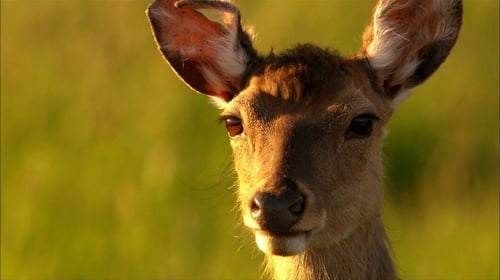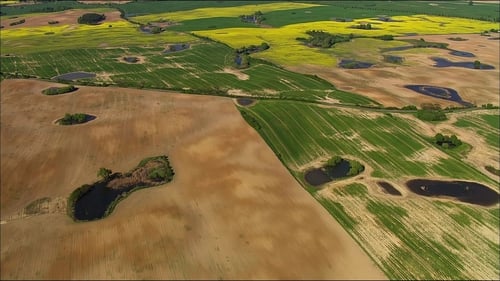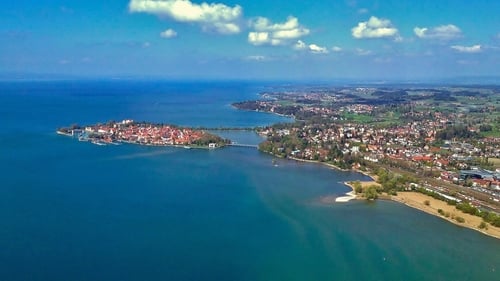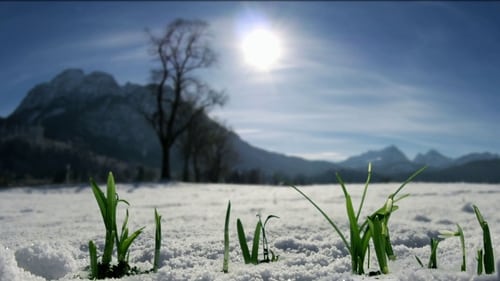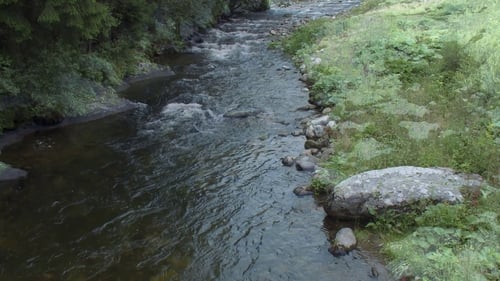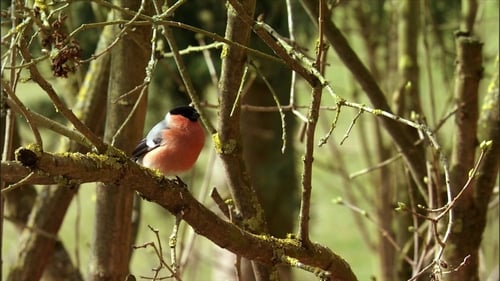 NaN/10(0 votes)
NaN/10(0 votes)#12 - Episode 2
S6:E2Director:Jan HaftWriter:Gerwig Lawitzky0 CommentsBe first to comment!Be the first to share your thoughts
Start!Be the first to comment!Be the first to share your thoughts about this episode
Director:Jan HaftWriter:Gerwig Lawitzky NaN/10(0 votes)
NaN/10(0 votes)#13 - Episode 3
S6:E30 CommentsBe first to comment!Be the first to share your thoughts
Start!Be the first to comment!Be the first to share your thoughts about this episode
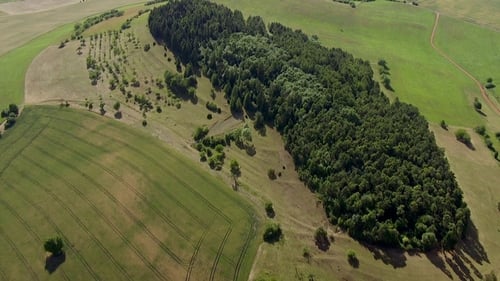 NaN/10(0 votes)
NaN/10(0 votes)#15 - Episode 5
S6:E5Director:Heribert SchöllerWriter:Heribert Schöller0 CommentsBe first to comment!Be the first to share your thoughts
Start!Be the first to comment!Be the first to share your thoughts about this episode
Director:Heribert SchöllerWriter:Heribert Schöller NaN/10(0 votes)
NaN/10(0 votes)#16 - Episode 6
S6:E60 CommentsBe first to comment!Be the first to share your thoughts
Start!Be the first to comment!Be the first to share your thoughts about this episode
 NaN/10(0 votes)
NaN/10(0 votes)#17 - Episode 1
S7:E1Director:Jürgen EichingerWriter:Unknown0 CommentsBe first to comment!Be the first to share your thoughts
Start!Be the first to comment!Be the first to share your thoughts about this episode
Director:Jürgen EichingerWriter:Unknown NaN/10(0 votes)
NaN/10(0 votes)#21 - Episode 1
S8:E1Director:Uwe MüllerWriter:Unknown0 CommentsBe first to comment!Be the first to share your thoughts
Start!Be the first to comment!Be the first to share your thoughts about this episode
Director:Uwe MüllerWriter:Unknown NaN/10(0 votes)
NaN/10(0 votes)#22 - Episode 2
S8:E2Director:Uwe AndersWriter:Uwe Anders0 CommentsBe first to comment!Be the first to share your thoughts
Start!Be the first to comment!Be the first to share your thoughts about this episode
Director:Uwe AndersWriter:Uwe Anders NaN/10(0 votes)
NaN/10(0 votes)#23 - Episode 1
S9:E1Director:Tobias MennleWriter:Unknown0 CommentsBe first to comment!Be the first to share your thoughts
Start!Be the first to comment!Be the first to share your thoughts about this episode
Director:Tobias MennleWriter:Unknown

Documentary

The Worst Episodes of Wild Germany
Every episode of Wild Germany ranked from worst to best. Explore the Worst Episodes of Wild Germany!

The Worst Episodes of Wild Germany
Documentary
Every episode of Wild Germany ranked from worst to best. Explore the Worst Episodes of Wild Germany!
The fairytale river landscape of the Spreewald, the flocks of birds of the North Frisian Wadden Sea and the striking chalk cliffs on the island...
Seasons9
READ
Worst Episodes Summary
"The Thuringian Forest - Germany's green heart" is the worst rated episode of "Wild Germany". It scored /10 based on 0 votes. Directed by Unknown and written by Unknown, it aired on 5/21/2012. This episode scored 0.0 points lower than the second lowest rated, "Wild Uckermark".
